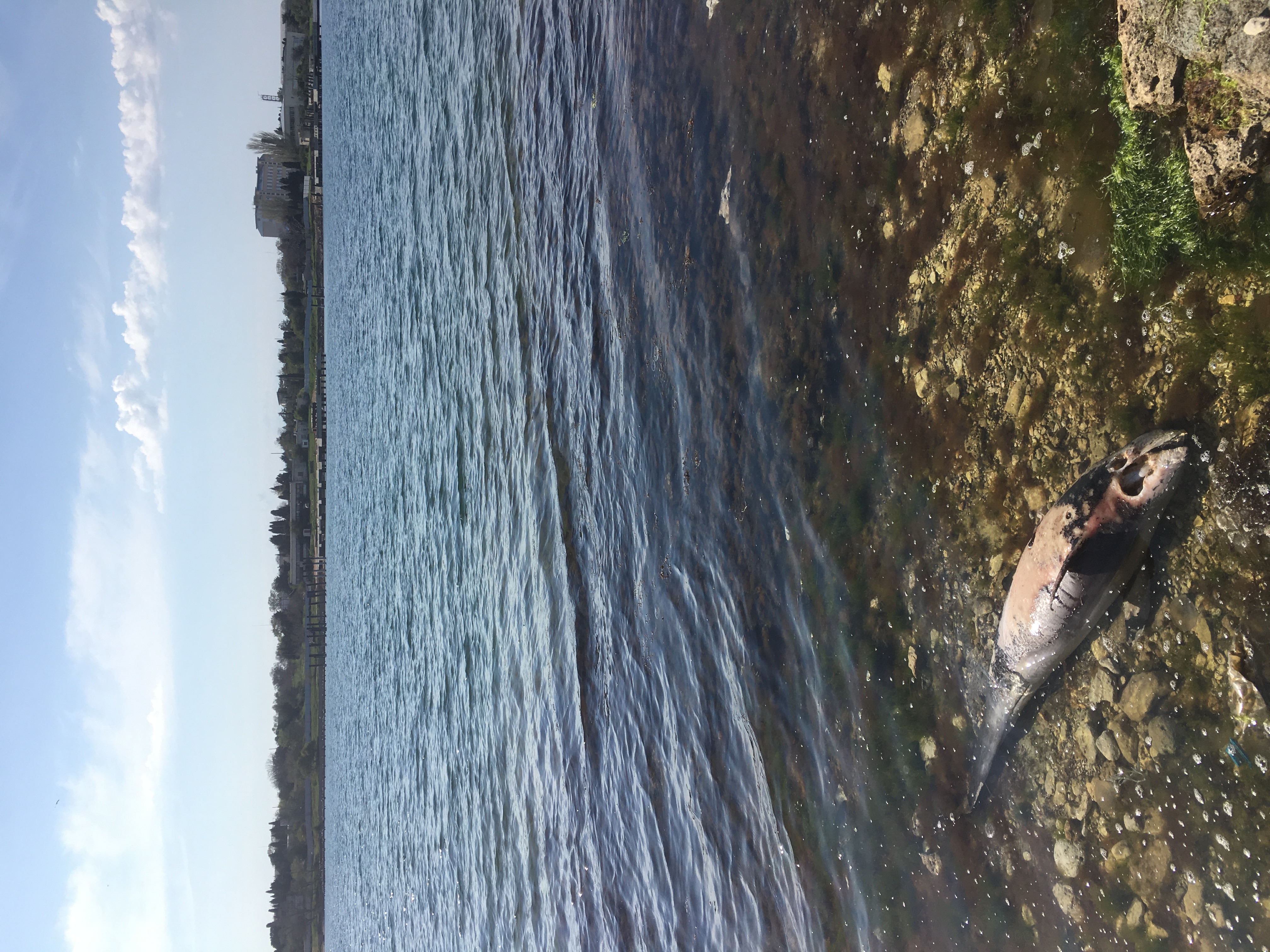Russia's war against Ukraine, which began with the annexation of Crimea and the hostilities in Donbas in the Spring of 2014, exacerbated Europe's environmental security problems. Many heavy industries and mining enterprises were closed in the occupied territories following their "nationalization" by the self-proclaimed republics, which caused them to exit the global and Ukrainian economies and join the world’s shadow economy. In addition to economic damage and growing unemployment, these closures caused significant environmental damage. Rising groundwater levels following the closure of mines created the risk of major environmental disasters with consequences far outside of the region. This environmental threat impacted both the occupied territories and those controlled by the government, prompting international experts to call for negotiations and environmental protection actions. Russia’s full-scale invasion in February 2022 put an end to these unsuccessful negotiations.

Ruins of Azovstal, May 2022. Photo: Dmitry Kozatsky/ / Urban Media Archive of the Center for Urban History
It seems that we have to be more insightful to understand of the origins of this war: thanks to its oil and gas exports, Russia has been able to accumulate huge military budgets, circumvent international sanctions, and prepare new waves of aggression. On the other hand, paradoxically enough, new sanctions against Russia and attempts to abandon its energy infrastructures have prompted European countries to return to coal, and sometimes to firewood, postponing plans for a transition to green economy.
Hostilities harm the environment in many ways. They take the form not only of massive fires at oil depots, ammunition depots, or thermal power plants, but also of the threat of explosions at nuclear power plants and the use of nuclear weapons. War produces huge amounts of waste, from destroyed machinery to the ruins of houses. It is also detrimental to soils, which are contaminated with chemicals from ammunition explosions, and also with toxins produced by the huge numbers of dead Russian soldiers who are not retrieved by their armies.
Photographing the damage to the environment has become particularly important during the war. It is part of the resistance effort, a photo-reveal of the enemy, whom the Ukrainian side accuses of ecocide. This is a means of influencing international partners, who should increase their pressure on Russia in the understanding that environmental disasters do not have state borders and jeopardize the whole world.

Dolphins die en masse in the Azov and Black Seas as a result of the military operations. Photo depicts the Sevastopol Military Dolphinarium. Photo: Dmytro Sahan / Urban Media Archive of the Center for Urban History.




